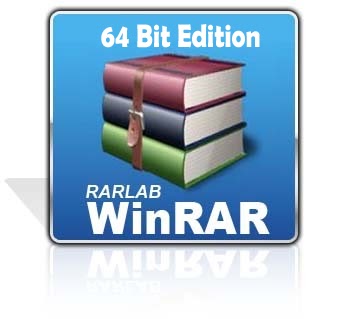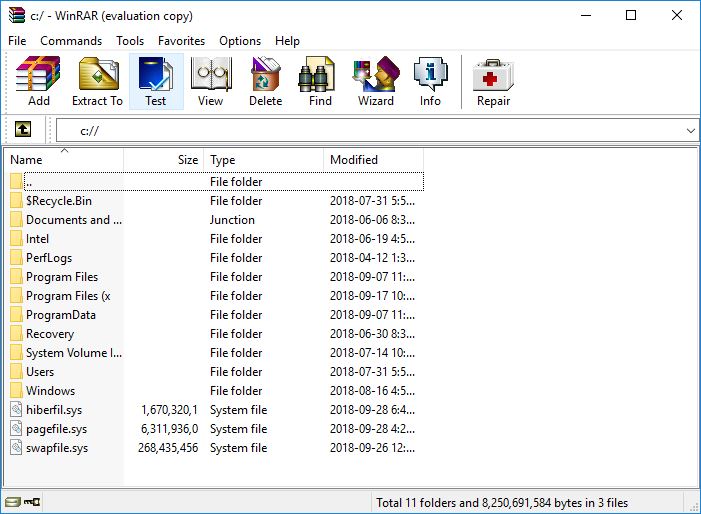

WinRAR can help you protect sensitive files when you are going to send them to a destination over the internet.

When you extract the archive containing a folder, select “extract here” so that WinRAR will extract the content without creating a folder. When you extract the archive containing the files, select “extract to (folder name)” to tell WinRAR to extract the content into a new folder. The only way to deal with the above situation when using WinRAR is to extract each of those two archives in turn. Selecting “extract each archive to separate folder” isn’t really helpful in this case because WinRAR will also create a new folder for the extracted folder, so you’ll get an extra level of nesting, which could be annoying. It is incapable of automatically creating a folder only for the files. WinRAR will put the extracted files and the folder in the current location. One contains files while another contains a folder. WinRAR supports batch extraction but it lacks an important feature. If you feel that there are too many commands in the context menu, WinRAR lets you reduce the number by removing the ones you rarely use. A right-click on a folder or file or an archive is all you need to do to execute any of the commands.

WinRAR offers to integrate itself to the shell so that you can access some of its most used commands without having to open the main interface. In the past, it was pretty common to split a huge file into multiple RAR files for sharing on the web.

RAR is a proprietary format, so only WinRAR can create the archives. The top selling point of WinRAR is its ability in creating RAR archives. Users who spend hours every day in front of their computers may use an alternative like 7-Zip, but people in general might choose WinRAR simply because it it mentioned a lot here and there. It is a good software and can be used for free so there is little reason not to like it. WinRAR is a name that might pop up in everyone’s head whenever they have to compress some files or extract archives.


 0 kommentar(er)
0 kommentar(er)
